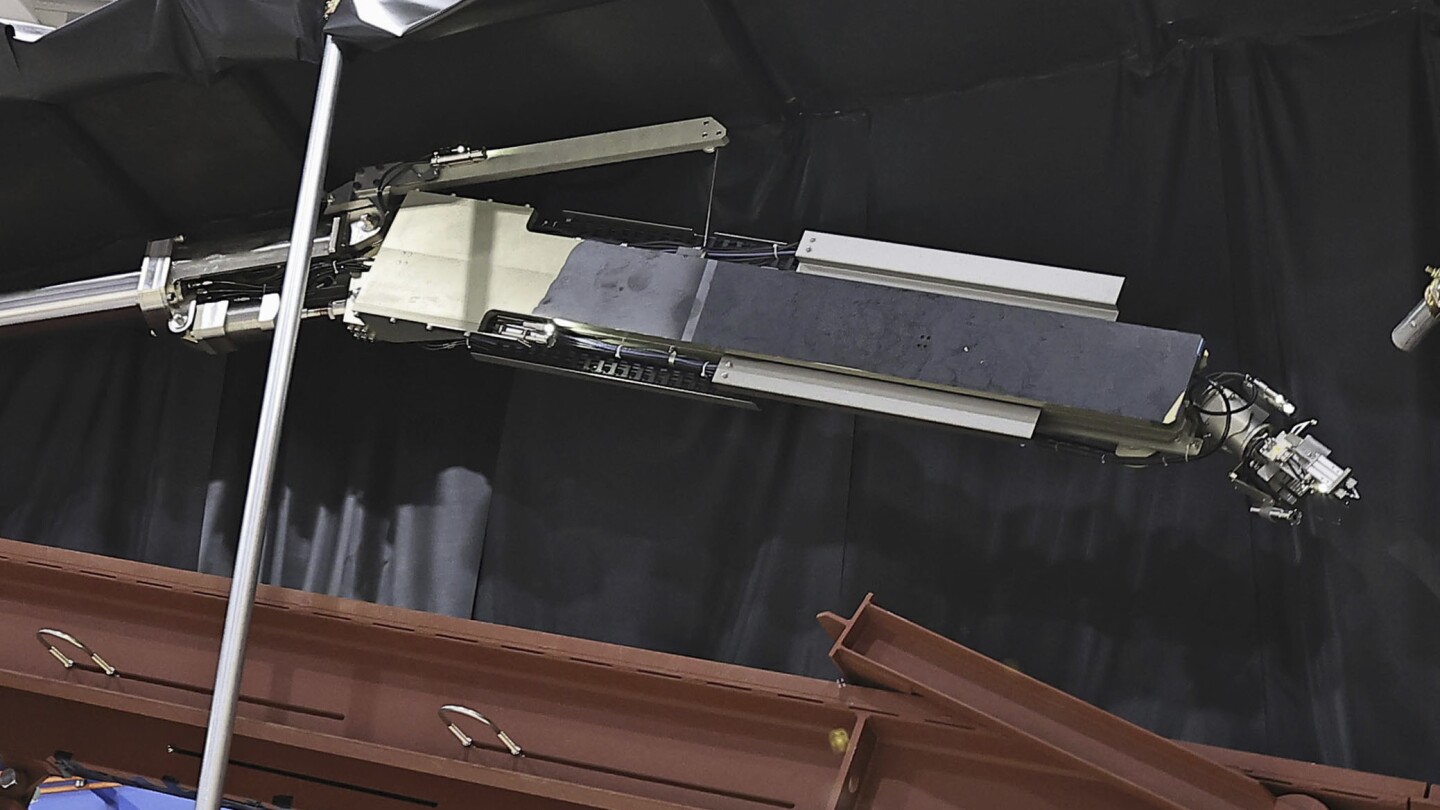TOKYO (AP) — Video feed issues halted on Tuesday the mission of a robot trying to retrieve the first sample of melted fuel debris from inside one of the damaged reactors at the tsunami-hit Fukushima Daiichi nuclear power plant, the managing company said.
This is the second time in less than a month the mission had to be suspended. It was supposed to start on Aug. 22, but the wrong arrangement of a set of pipes used to push the robot into the reactor’s primary containment vessel held up the work for nearly three weeks. The extendable robot, dubbed “ Telesco,” needs a week to reach the designated area and another week to be pulled back out as it has to be maneuvered around various obstacles and any mistake costs time.
Fukushima’s cooling system was damaged during the 2011 earthquake and tsunami, causing meltdowns in its three reactors. An estimated 880 tons of fatally radioactive molten fuel remains in them, and the Tokyo Electric Power Holdings Co. has been trying to access the reactors to figure out how to decommission the plant.
Telesco was to clip a fragment measuring less than 3 grams (0.1 ounce) on Tuesday from inside the Unit 2 primary containment vessel after successfully rehearsing over the weekend, TEPCO said. However, the images from two of its four cameras, designed to capture the movements of its clippers and their surroundings, wouldn’t transmit to a monitor in a remote control room, forcing the mission to be suspended as the sampling couldn’t be carried out without the crucial visuals.
TEPCO said the cause is still under investigation, but problems with the cameras or their power cables, possibly due to high radiation that has caused equipment glitches in past internal probes. Technicians tried to turn the cameras on and off and reconnect the cables but weren’t successful.
It remains unknown when the mission would resume.
It is planned for Telesco to make its way toward the area right underneath the Unit 2 reactor core, from which large amounts of melted fuel fell during the meltdown 13 years ago.
The government and TEPCO have set a 30-to-40-year target for the cleanup, which experts say is overly optimistic and should be updated.
No specific plans for the full removal of the fuel debris or its final disposal have been decided.

